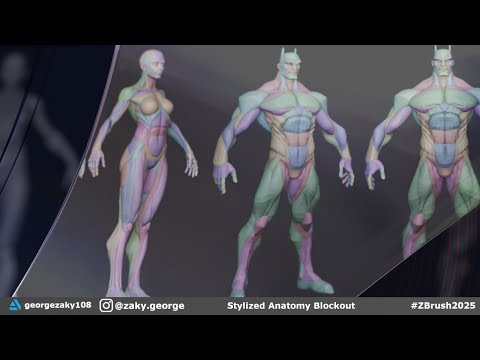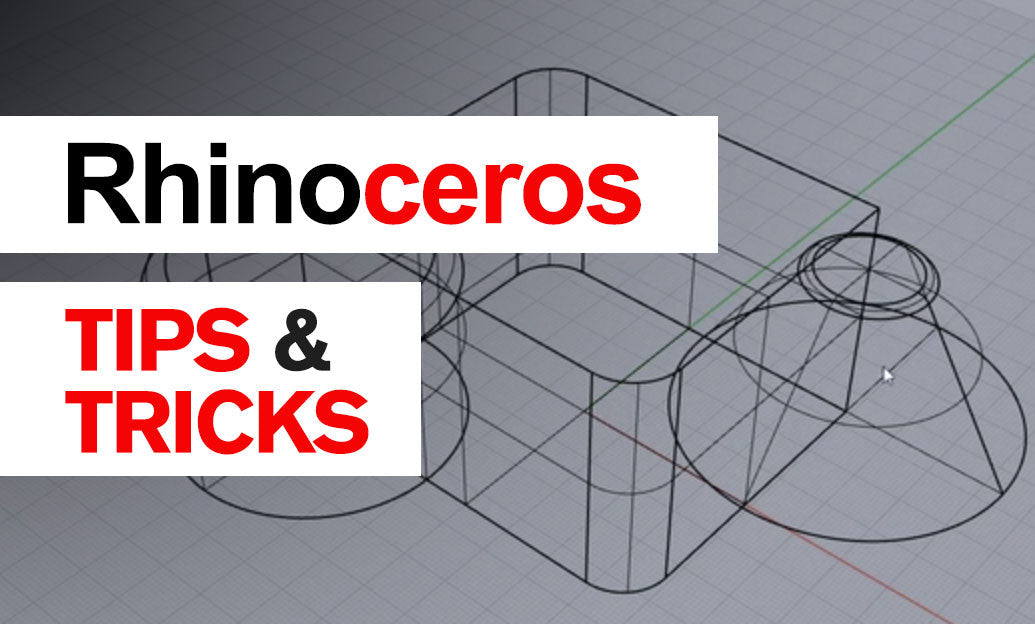Your Cart is Empty
Explore the essential techniques to enhance your lighting skills in Artlantis 2021. From leveraging the capabilities of the Physical Sky to mastering artificial light sources, this article will guide you through expert tips for achieving realistic and impactful lighting in your 3D projects.
Using the Physical Sky
Understanding the Physical Sky settings involves adjusting the date, time, and location for accurate sunlight simulation. Modifying sun intensity and haze can create different atmospheric effects, demonstrating the benefits of using Physical Sky for natural lighting.
- Adjusting the date, time, and location for accurate sunlight simulation.
- Modifying sun intensity and haze for different atmospheric effects.
Optimizing Artificial Light Sources
Artlantis 2021 offers a variety of artificial lights including spotlights, point lights, and area lights. Configuring light intensity, color, and fall-off is critical. Tips for realistic placement and distribution in scenes ensure a natural and convincing environment.
- Spotlights, point lights, and area lights.
- Configuring light intensity, color, and fall-off.
Neon Shader Techniques
The Neon Shader in Artlantis is designed for creating glowing materials and lights. Adjusting Neon Shader settings for intensity and color, and combining it with other light sources can produce dynamic effects, contributing to the overall mood and realism of the scene.
- Creating glowing materials and lights.
- Adjusting Neon Shader settings for intensity and color.
Sun Studies for Natural Light
Conducting sun studies within Artlantis leverages the heliodon tool for precise sun positioning. Analyzing the impact of sunlight throughout the day can inform architectural and landscape design, ensuring spaces are naturally illuminated as intended.
- Utilizing the heliodon tool for sun positioning.
- Analyzing the impact of sunlight throughout the day.
HDRi Background for Global Illumination
HDRi backgrounds play a crucial role in lighting by enhancing environmental lighting and reflections. Selecting and implementing the right HDRi backgrounds, and adjusting HDRi settings for optimal illumination, can significantly increase the realism of a scene.
Mastering lighting in Artlantis 2021 can dramatically transform the realism and mood of your 3D scenes. By effectively utilizing the Physical Sky, optimizing artificial light sources, applying Neon Shader techniques, conducting sun studies, and incorporating HDRi backgrounds, designers can achieve professional and captivating visuals. Dive into these tips to elevate your Artlantis projects to the next level.







